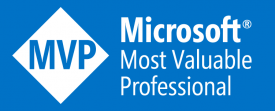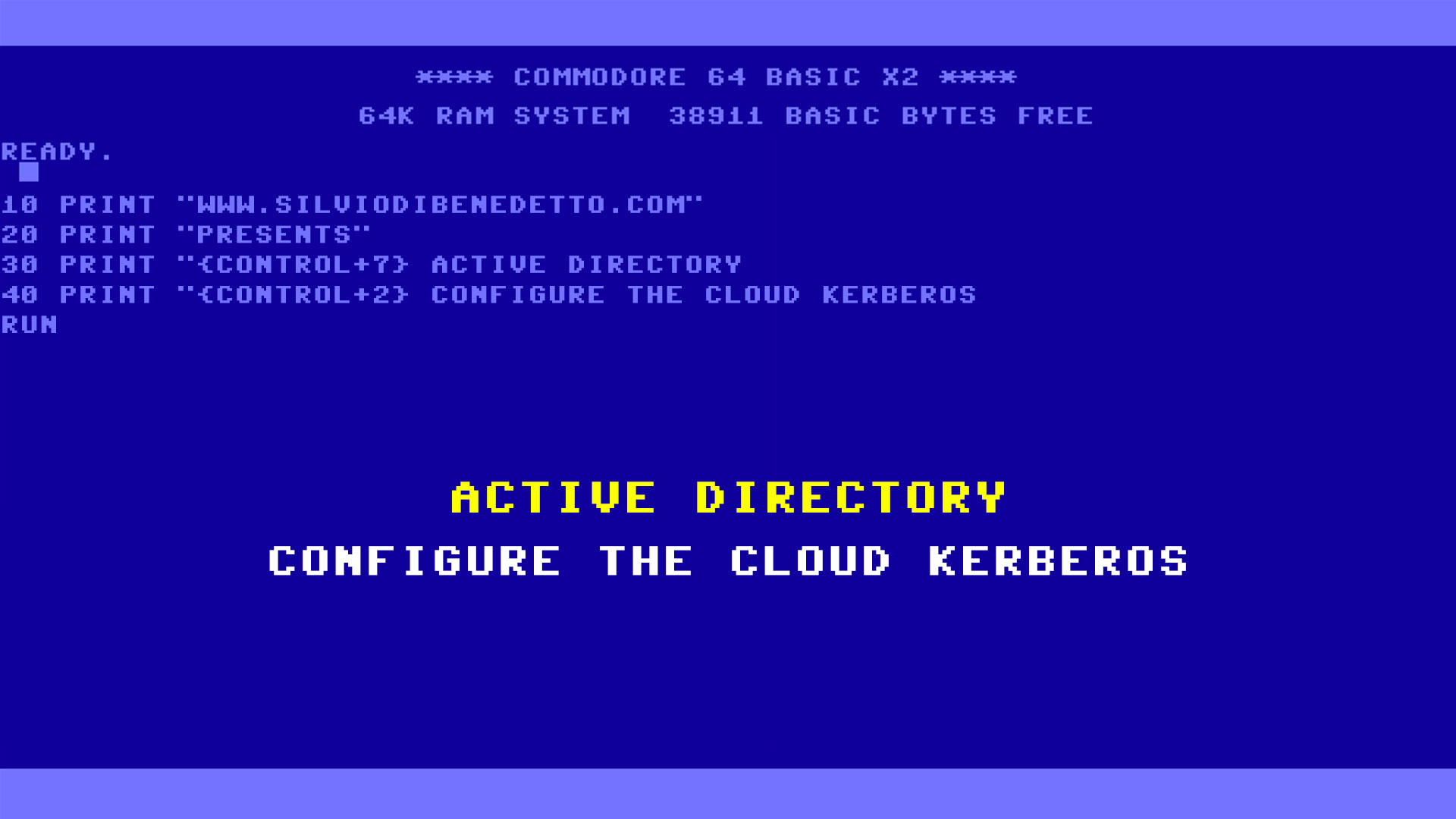Many new good news for Azure users. The Product Group has published the list of the new features:
Compute-intensive A10 and A11 instances for Virtual Machines generally available
Similar to A8 and A9 instances, A10 and A11 instances feature faster processors, more virtual cores for greater compute power, and larger amounts of memory than other options. A10 instances have 8 virtual cores and 56 GB of RAM, while A11 instances have 16 virtual cores and 112 GB of RAM. With these instances, customers can run compute-intensive applications such as video encoding, risk modeling, simulation, and more. These new instances offer more options for customers who don’t require the InfiniBand networking capability that comes with A8 and A9 instances. Review the new pricing information on the Virtual Machines Pricing webpage. For more information, please visit the Virtual Machines webpage.
Azure Search generally available
Azure Search is a search-as-a-service solution that helps developers to build sophisticated search experiences into web and mobile applications, to reduce the friction and complexity of implementing full-text search, and to differentiate their applications by leveraging powerful features not available with other search packages. A number of customers are already using Azure Search in production. This release offers enhanced support for more than 50 languages—with the same technology used by Microsoft Office and Bing, built on our many years of experience with natural language processing. You can also now more easily load data from Azure DocumentDB, Azure SQL Database, and SQL Server on Azure Virtual Machines to Azure Search using new indexers. Plus, a .NET software development kit (SDK) is now available to make working with Azure Search a more familiar experience. For more information on these new features, please visit the Azure Search documentation webpage. General availability pricing will be in effect on May 1, 2015. Azure Search offers free and paid service tiers. Review the new pricing information on the Azure Search Pricing webpage. For more information, please visit the Azure Search webpage.
Azure DocumentDB to become generally available
Generally available on April 8, 2015, Azure DocumentDB is a fully managed, highly scalable NoSQL document database service. It offers rich query and transactional processing over a schema-free JavaScript Object Notation (JSON) data model, which helps enable rapid development and high performance for your applications. Offered in units that scale to meet the performance and storage needs of your application, DocumentDB allows you to quickly build, grow, and scale cloud applications. At general availability, DocumentDB will be available in three standard performance levels: S1, S2, and S3. Collections of data within a DocumentDB database can be assigned to different performance levels, allowing you to purchase only the performance you need. For more information about performance levels, please visit the performance levels documentation webpage. Several enhancements have been made in preparation for general availability, including Hadoop integration, hourly billing, support for larger documents, SQL parameterization, a Java SDK, additional regions, and larger account sizes. Review the new pricing information on the DocumentDB Pricing webpage. For more information, please visit the DocumentDB webpage.
Media Encoder Premium for Azure Media Services in public preview
Media Encoder Premium for Azure Media Services offers new and advanced encoding capabilities, including support for MXF and DVCPRO formats, as well as 4K AVC, multilanguage audio, closed captioning, deinterlacing, and color conversion. These capabilities are accessible through the Azure Media Services Explorer desktop tool. Review the new pricing information on the Media Services Pricing webpage. For more information on Media Encoder Premium for Azure Media Services, please visit the Media Services webpage or the Encoding and Packaging MSDN section. To get more information about the workflow design tool as part of Media Encoder Premium, please contact mepd@microsoft.com.
Azure Media Services now fully integrated with Azure CDN
Azure Content Delivery Network (CDN) integration with Azure Media Services provides point-and-click provisioning of edge services, speeding your time to market and giving your content global reach. When using Azure Media Services in coordination with Azure CDN, origin egress prices don’t apply. Azure CDN usage will be charged at standard Azure CDN pricing.
S









Follow on Socials